You can simplify the original expression matching the given truth-table just by using Karnaugh maps:

f(x,y,z) = ∑(1,3,4,6,7) = m1 + m3 + m4 + m6 + m7
= ¬x·¬y·z + ¬x·y·z + x·y·z + x·¬y·¬z + x·y·¬z //sum of minterms
f(x,y,z) = ∏(0,2,5) = M0 · M2 · M5
= (x + y + z)·(x + ¬y + z)·(¬x + y + ¬z) //product of maxterms
f(x,y,z) = x·y + ¬x·z + x·¬z //minimal DNF
= (x + z)·(¬x + y + ¬z) //minimal CNF
You would get the same result using the laws of Boolean algebra:
¬x·¬y·z + ¬x·y·z + x·y·z + x·y·¬z + x·¬y·¬z
¬x·(¬y·z + y·z) + x·(y·z + y·¬z + ¬y·¬z) //distributivity
¬x·(z·(¬y + y)) + x·(y·(z + ¬z) + ¬y·¬z)) //distributivity
¬x·(z·( 1 )) + x·(y·( 1 ) + ¬y·¬z)) //complementation
¬x·(z ) + x·(y + ¬y·¬z)) //identity for ·
¬x·(z ) + x·(y + y·¬z + ¬y·¬z)) //absorption
¬x·(z ) + x·(y + ¬z·(y + ¬y)) //distributivity
¬x·(z ) + x·(y + ¬z·( 1 )) //complementation
¬x·(z ) + x·(y + ¬z) //identity for ·
¬x·z + x·y + x·¬z //distributivity
¬x·z + x·y + x·¬z //minimal DNF
¬x·z + x·y + x·¬z
¬x·z + x·(y + ¬z) //distributivity
(¬x + x)·(¬x + (y + ¬z))·(z + x)·(z + (y + ¬z)) //distributivity
( 1 )·(¬x + y + ¬z )·(z + x)·(z + y + ¬z) //complementation
( 1 )·(¬x + y + ¬z )·(z + x)·(y + 1) //complementation
( 1 )·(¬x + y + ¬z )·(z + x)·(1) //annihilator for +
(¬x + y + ¬z )·(z + x) //identity for ·
(¬x + y + ¬z)·(x + z) //minimal CNF

